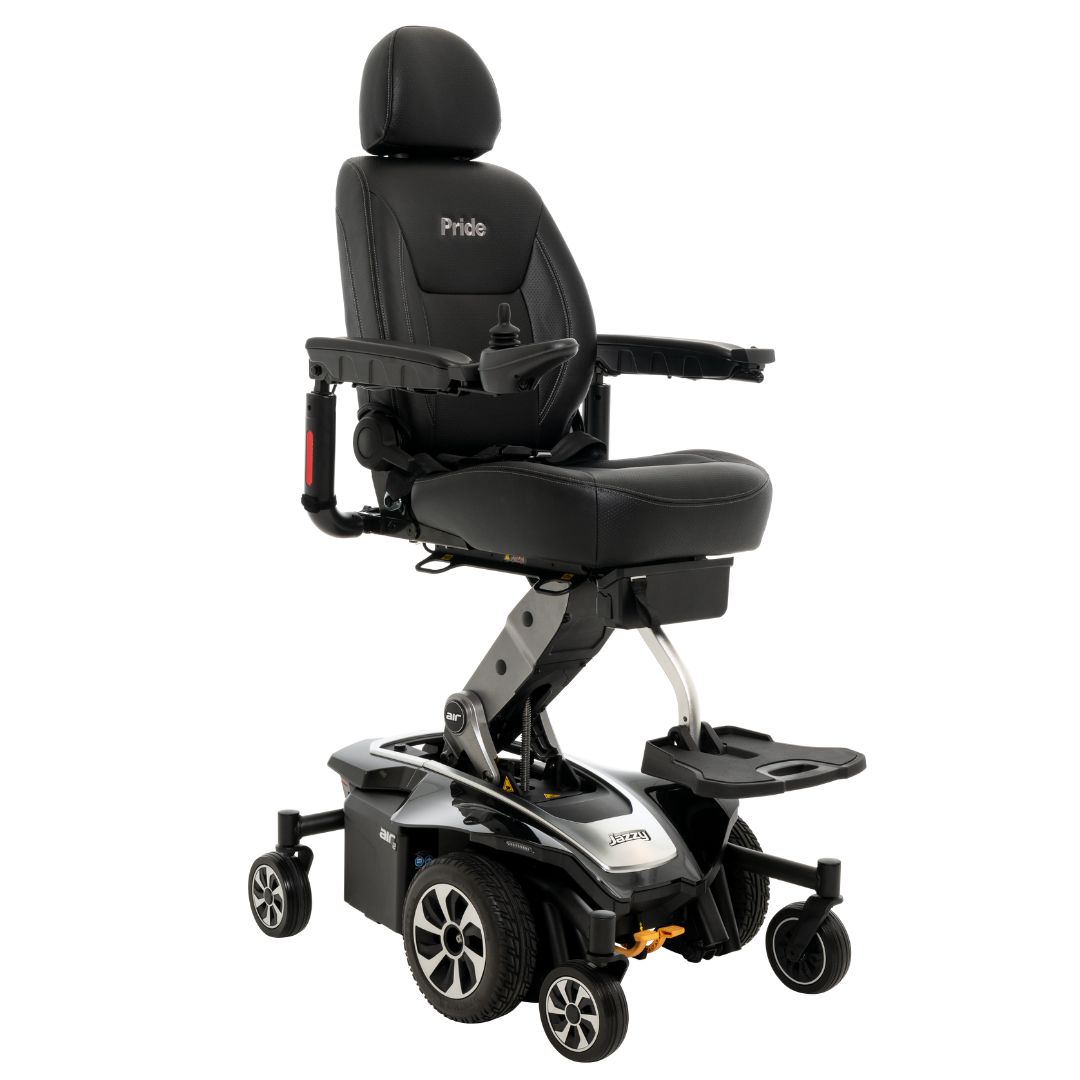Introduction
Traveling with mobility challenges can be daunting, but many destinations around the world have made significant strides in accessibility. From city infrastructures to accommodations and tourist attractions, numerous places are now welcoming travelers with disabilities, ensuring they can explore and enjoy new experiences with ease and comfort. This article delves into some of the best mobility-friendly travel destinations, highlighting key features and tips for an accessible and enjoyable trip.
European Destinations
Barcelona, Spain
Barcelona is renowned for its commitment to accessibility. The city’s public transportation system, including buses and metro lines, is largely accessible, with ramps, elevators, and designated seating areas. Many of the city’s major attractions, such as the Sagrada Familia and Park Güell, are equipped with ramps and elevators, making them accessible to visitors with mobility aids. The city’s wide, flat sidewalks and accessible beach pathways further enhance the experience for travelers with disabilities.
Berlin, Germany
Berlin is another European city that excels in accessibility. The city’s extensive public transport network includes accessible buses, trams, and trains. Museums, galleries, and historical sites, like the Berlin Wall Memorial and the Reichstag building, have been adapted to accommodate visitors with mobility challenges. The city’s efforts to provide barrier-free access to its rich history and vibrant culture make it a top choice for accessible tourism. Discover the world with ease—explore accessible travel destinations with Jazzy Air® 2 and make your journeys more comfortable and enjoyable.
North American Destinations
Washington, D.C., USA
Washington, D.C., offers a wealth of accessible attractions and services for travelers with mobility issues. The city’s public transportation system, including the Metro, is equipped with elevators and ramps. Major landmarks like the National Mall, Smithsonian museums, and the U.S. Capitol have made significant accommodations to ensure accessibility. Additionally, many hotels and restaurants in the city cater to the needs of guests with disabilities, providing accessible rooms and facilities.
Vancouver, Canada
Vancouver is known for its stunning natural landscapes and inclusive tourism practices. The city’s public transportation, including buses and SkyTrain, is highly accessible. Many of Vancouver’s outdoor attractions, such as Stanley Park and the Seawall, feature paved paths and accessible viewpoints. The city’s dedication to accessibility ensures that travelers with mobility challenges can enjoy its breathtaking scenery and vibrant urban environment.
Asian Destinations
Singapore
Singapore is a leader in accessibility in Asia. The city’s public transport system, including buses and the MRT, is fully accessible. Major tourist attractions, such as the Gardens by the Bay and Sentosa Island, have implemented extensive measures to ensure accessibility for all visitors. Singapore’s hotels and shopping centers also offer facilities to accommodate travelers with disabilities, making it a convenient and enjoyable destination.
Tokyo, Japan
Tokyo has made impressive advancements in accessibility, especially in preparation for the Paralympic Games. The city’s extensive rail network includes many stations with elevators, ramps, and tactile paving. Key attractions like the Tokyo Tower and Ueno Zoo have been adapted to enhance accessibility. The city’s efforts to create a welcoming environment for travelers with disabilities make it a must-visit destination in Asia.
Conclusion
Accessible tourism is not just a trend but a growing necessity, as more destinations recognize the importance of inclusivity. Cities around the world are making significant investments in infrastructure and services to accommodate travelers with mobility challenges. Whether you are exploring historical sites in Europe, vibrant cities in North America, or bustling metropolises in Asia, numerous destinations are now mobility-friendly, ensuring a comfortable and enriching travel experience for all.
FAQs
- What should I consider when planning a trip to a mobility-friendly destination?
When planning a trip to a mobility-friendly destination, consider the accessibility of transportation, accommodations, and tourist attractions. Research the availability of accessible rooms, ramps, elevators, and other facilities that cater to travelers with disabilities.
- Are there travel agencies that specialize in accessible tourism?
Yes, there are travel agencies that specialize in accessible tourism. These agencies can help plan your trip, ensuring that all aspects, from transportation to accommodations and activities, are accessible and suited to your needs.
- How can I find accessible accommodations?
You can find accessible accommodations by searching for hotels and rentals that specifically mention accessibility features. Many booking platforms have filters for accessibility options, and you can also contact the accommodation directly to inquire about their facilities.
- What resources are available for travelers with mobility challenges?
There are numerous resources available for travelers with mobility challenges, including websites, travel guides, and forums dedicated to accessible tourism. Organizations and travel agencies specializing in accessible travel can also provide valuable information and support.
- What should I do if I encounter accessibility issues while traveling?
If you encounter accessibility issues while traveling, contact local authorities or accessibility support services for assistance. It’s also helpful to carry a list of important contacts and emergency numbers specific to your destination.















